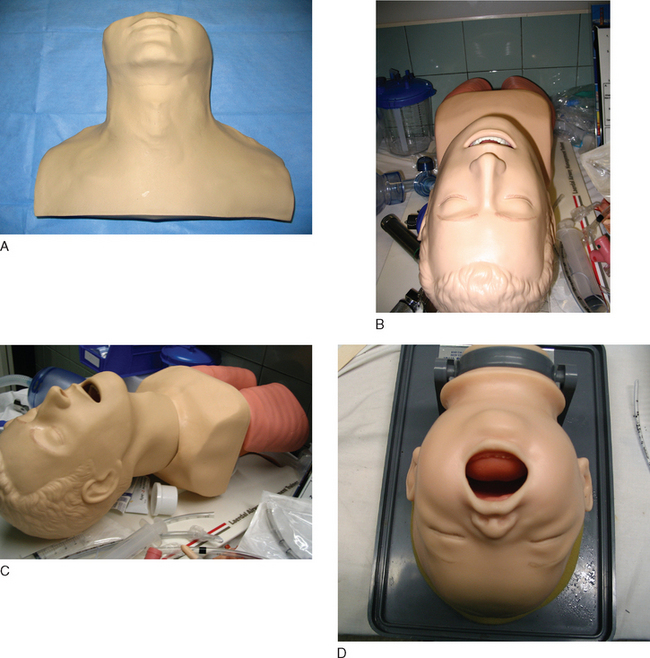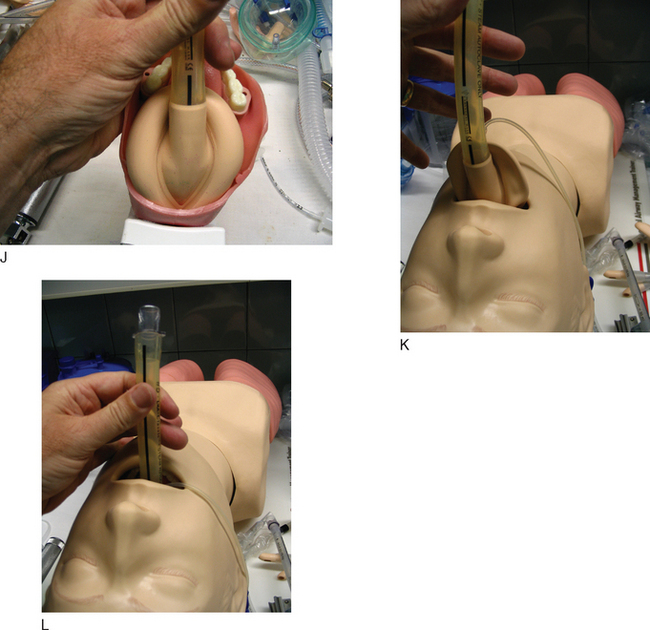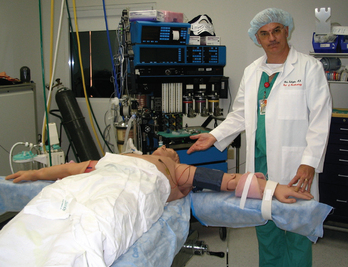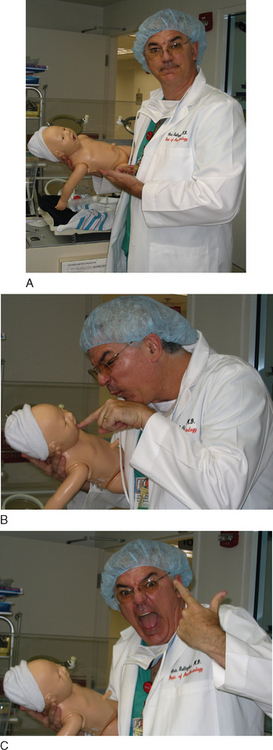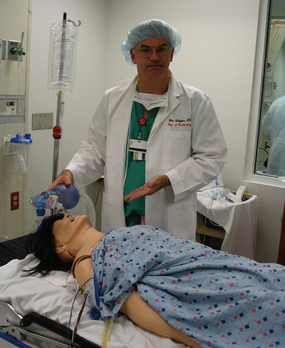CHAPTER 3 Simulation Equipment
Some equipment malfunctions are more vexing than others.
PARTIAL TASK TRAINERS
So there’s no shortage of gizmos and gadgets to train doctors in doing specific tasks. As noted in the last item—interventional cardiology simulator—there are also a host of “flat screen computer simulators.” You can interview a patient, order tests, run codes, examine lab tests. What can’t you do on a computer?
Room 7 opens up another consideration in the “perfect simulation center”—standardized patients.
A standardized patient is an actor who plays out a role from a script. This script can detail any aspect you want a resident to learn about:
Simulation centers do not live on mannequins alone.
You will still see some of these sturdy players out there.
These anesthesia simulators are no longer made or serviced; they are (dab your eyes here) “orphan simulators.” MEDSIM Eagle doesn’t even exist anymore; the company is now just MEDSIM, and they only make ultrasound simulators. (You can try contacting the company (www.medsim.com), but don’t be surprised if no one knows what you are talking about when you mention their simulator.)
The two players: METI (Sarasota, FL; www.meti.com) and Laerdal (Denmark; www.Laerdal.com).
DRUG RECOGNITION SYSTEM
One Step Removed from Direct Vital Sign Changes
One Button Pushed and the Scenario Runs
Eyeballs
Cost
Once you have the simulator mannequin, you need a “place” to make it all happen. The Simulator is theater, and theater needs props. We need both medical props to create the medical “feel” as well as stage props to help achieve the “suspension of disbelief” so crucial to the Simulator experience.

